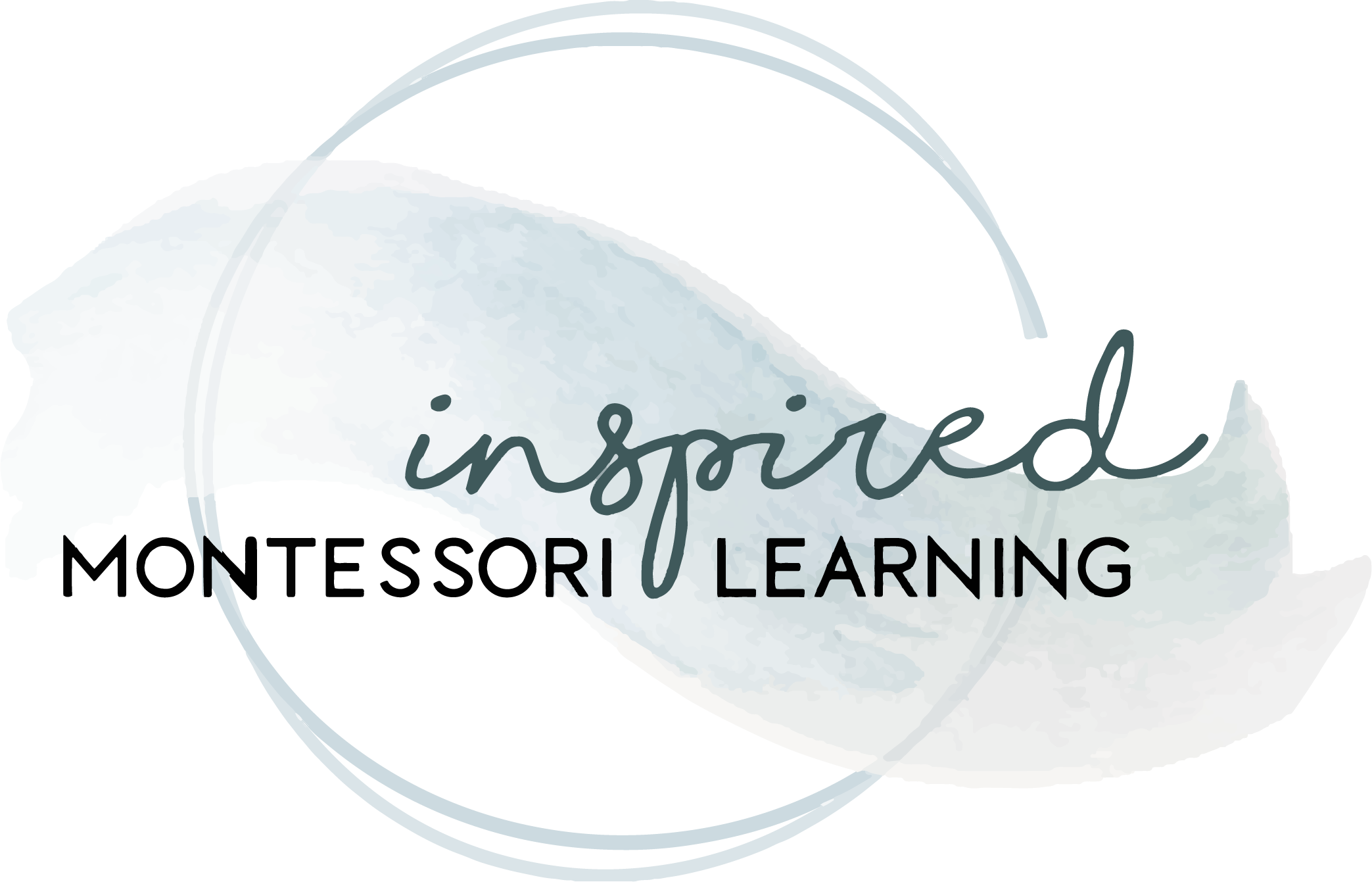Peace Tables
Every September 21st, many people around the world celebrate International Peace Day. Because Dr. Maria Montessori promoted peace education as an integral part of her innovative curriculum and was herself nominated three times for the Nobel Prize of Peace, we have a very strong reason to celebrate peace not just on September 21st but daily.
With all that is happening around the world today, when we think about our role in promoting cultural awareness and understanding, not only to the students and families of our school but in our homes, we feel we can contribute by teaching peace daily through an environment that is prepared to receive even the littlest of learners.
At our school in California, we incorporate many fun peace day activities on International Peace Day. We sing beautiful peace day songs, we light candles for peace, we create lovely art work of peace and of course we learn of peace in many different forms. But truly understanding all that peace involves cannot come to us because we celebrate just one day a year. We must celebrate and cultivate a life of peace education daily if we want our children and students to rise up as a generation that sincerely lives a life of peace, harmony and understanding one with another. There is actually a beautiful peace education model that many schools try to follow and incorporate into their daily school lives called “Nurturing the Peace Flower” put out by Shining Mountains Press.
In this model, children learn valuable peaceful skills in areas of:
- Self-Awareness
- Community Awareness
- Cultural Awareness
- Environmental Awareness
Peace tables have long since been used in Montessori Classrooms around the globe as a place where children can go to work out conflicts, share concerns with each other, find a quiet place to relax or rejuvenate or complete calming and meditative tasks. It is also a place where our students can read and learn about people who have been great instruments in promoting peace around the world.
Peace tables are not only for schools, they are a great tool to have at home as well. Best of all, they are very easy to set up! With a few ideas of what we have listed below, you too can help your children learn to be promoters of peace!
Here’s a brief list of ideas to help get you started:
- First, designate a special area of your home as the “peace place” where you can put your peace table.
- Place things like books about peace, pictures and info cards of creators of peace, photos and information cards of children around the world, objects that promote peaceful feelings such as seashells, stones, crystals, mini water fountains, sand raking work or mini labyrinths on your peace table.
- Consider teaching family members to use a talking stick (we use a peace rose in Montessori classrooms) when teaching children to take turns talking during conflict resolution.
- Have quiet music or soft musical instruments available. A small chime or music bowl is perfect in this space.
We hope these ideas are helpful as you prepare your own peace tables. We would love to hear how your home and school areas turned out and even see pictures!
-Barbara, Rachel and Kayla




Leave a Reply
Want to join the discussion?Feel free to contribute!